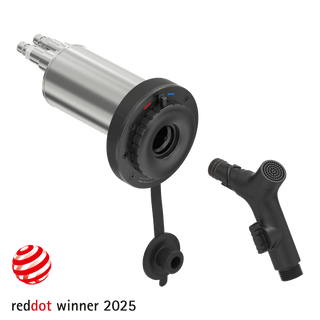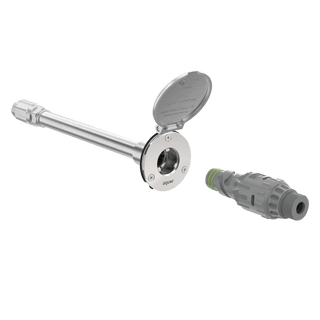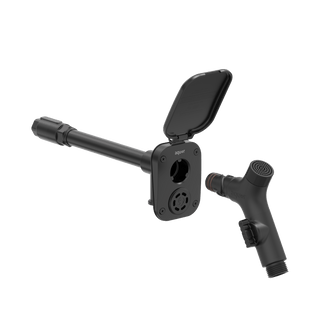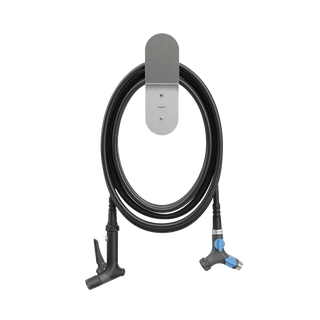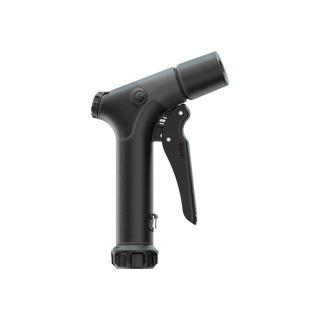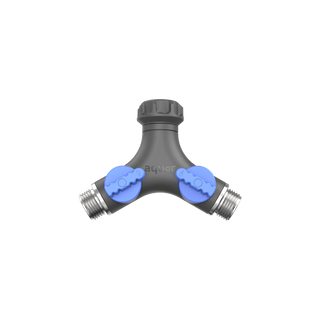The Ultimate Guide to Homeowners Insurance
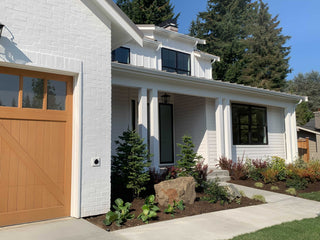
What is homeowners insurance?
Homeowners insurance, also known as home insurance, covers damage to your home. Depending on the insurance, this damage can include fire damage, water damage, and even vandalism or theft.
Is it important?
Although homeowners insurance is not legally required, it is important for homeowners to find an insurance plan that works for their situation. A home is one of the largest investments one can make after all.
Recent insurance reports show that over 90% of homes are covered by home insurance and 1 in 20 home insurance owners file a claim each year. The most common insurance claims are related to wind and hail damage or water and freezing damage, which make up well over half of all insurance claims. The average insurance plan costs about $8,700 per year.
In this article we will go over the different types of home insurance coverage, available policies, what factors to consider when choosing a policy, best practices for insurance shopping, and how to make use of your home insurance.
Coverage for homeowners insurance
Property Coverage
The bulk of home insurance revolves around property coverage, which can be broken down into three categories.
1. Dwelling Coverage: Covers the primary structure of the home (roof, walls, floors, etc.) as well as any attached structures, like a garage.

2. Other Structures: Covers other structures on your property that aren’t connected directly to your home, such as a detached car garage, or even a fence.
3. Personal Property: Covers personal belongings, like electronics and furniture, within the home. This coverage can also be extended to cover other personal property such as jewelry.

Liability Coverage
Liability coverage is another option available for home insurance policies. Liability coverage helps cover the costs associated with possible bodily injury occurring on your property. For example, if a guest gets injured in your home, liability coverage may help with associated medical bills.

Additional Living Expenses Coverage
Although not every accident may result in your home becoming uninhabitable, some events may force you to take up a temporary living space while your home is being fixed. A severe flood is one example. Additional living expenses coverage aims to help cover the costs associated with relocating to a temporary living space as well as several other relevant fees, such as furniture storage, pet boarding, and moving costs.
Optional Coverages
Some areas are prone to natural disasters like floods and earthquakes. Oftentimes, home insurance policies can include this additional coverage.

Homeowner insurance policy options
There are eight types of insurance policies available to homeowners. Each type of policy addresses different coverage needs. Although it may seem overwhelming at first, the average homeowner will only need to consider a couple of these policies, since several options are for unique situations, such as mobile homes.
HO-1: This is a very basic and limited home insurance policy. HO-1 covers your dwelling and personal belongings at cash value. The catch is that these are only covered against 10 “perils”: fire/lightning, windstorms, explosions, riots, aircrafts, vehicles, smoke, vandalism, theft, and falling objects. This is an unpopular policy and is chosen by less than 2% of homeowners.
HO-2: This policy is an upgraded variation of HO-1, the primary difference being that the dwelling and personal belongings are covered at replacement value. This coverage also includes a few additional perils like snow and various damages caused by home appliance malfunctions. This is also an uncommon policy, with 6% of insurance owners choosing HO-2.

HO-3: HO-3 is the most common home insurance policy—about 80% of homeowners go this route. This coverage is the second most comprehensive policy, covering all of the perils from the previous policies in addition to other events. Some common issues that are not covered by this policy are rust, corrosion, wear and tear, power failure, intentional loss, war, and neglect. HO-3 will cover your dwelling at replacement cost and your personal belongings at cash value. (Be sure to read your insurance policies to know what your specific HO-3 policy does not cover.)
HO-4: Commonly known as renters insurance, this policy is similar to HO-3, although it’s for renters rather than homeowners. Renters insurance can cover personal belongings, liability, and additional living expenses. This policy does not cover the dwelling structure, which is the landlord’s responsibility.
HO-5: This policy is the most comprehensive. Roughly 12% of homeowners have an HO-5 policy. In short, HO-5 is an upgraded version of HO-3. Personal belongings are covered at replacement value rather than cash value, and HO-5 tends to have much higher coverage limits for personal belongings.
HO-6: Also known as condo insurance, this is the insurance policy for people who live in and own condo units. The coverage will depend on what is and isn’t covered by the HOA insurance.

HO-7: Also known as mobile home insurance, this policy is essentially the same as HO-3, although it’s geared towards mobile homes rather than the typical single family home. Mobile homes may include structures like modular homes, sectional homes, trailers, and RVs.
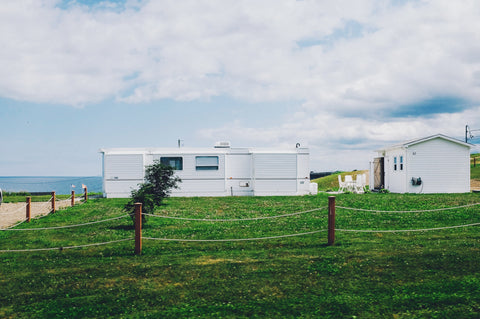
HO-8: HO-8 is a modified policy specifically geared towards older homes that do not meet the standard requirements to qualify for the other policies. This is due to insurance companies deeming the dwelling structure as “high risk of loss.” The coverage for HO-8 policies are similar to HO-1.
Factors affecting homeowner insurance
There are several factors that may impact your home insurance pricing. It’s important to keep these in mind when solidifying a budget and looking for an insurance policy that will work best for your situation.
Location
Your state or area code may impact your insurance premiums. If your dwelling is located in areas with high rates of crime or a history of weather related perils, such as windstorms, then premiums may be higher.
Age / Condition
Older homes often incur higher insurance rates than newer homes because insurance companies may deem an older home as “high risk of loss.” Older homes are simply more susceptible to damages involving perils.

Insurance Score
An insurance score is a metric insurance companies use to predict the likelihood of an insurance owner being involved in an insurance claim. Those with lower insurance scores can expect a higher insurance rate as they may be seen as “higher risk” and more likely to be involved with a claim.
Deductible
A deductible for home insurance is the amount that you will pay for damages out of pocket before the insurance company begins to cover the costs. Most homeowner insurance deductibles range from $500 to $2500. This amount will depend on how comfortable you are paying damages out of pocket. A higher deductible typically means a lower premium and vice versa.
Credit Score
Just like an insurance score, your credit score may be another metric insurance companies use to value the risk of your policy, which may impact your insurance rates. Keep in mind several states ban the use of credit score checks when it comes to home insurance policies. It is a good idea to verify beforehand if you think this will be relevant for you.
Shopping for homeowner insurance
There are a few key points to keep in mind when shopping for homeowner insurance. You should determine how much coverage you need and what kind of coverage you will need, taking into consideration important factors like location and deductibles.
It’s always a good idea to get a quote from multiple insurance companies and compare the coverage and rates to help narrow down a policy that will work best for you. When comparing policies from different insurance companies, make sure to check what they do or don’t cover, as one may cover a peril that the other does not. Always read through your insurance policy so you don’t miss any important details!
Filing a claim
Before any accidents may occur, take inventory of your personal belongings when you first move into a new home and acquire insurance—saving photos is the best method. Having photos for proof will help drastically when filing a claim since you will have an accurate record of any personal belongings that need to be replaced. You can do yourself another favor by also noting the costs of your personal belongings, especially for expensive items.

In the case of damage or an accident, be sure to understand what your responsibilities are. These responsibilities should be listed in your insurance policy. Getting in contact with your insurance professional then filling out the applicable claim forms are the first steps.
When filing a claim, typically an insurance adjuster will visit the dwelling to inspect the damage, so they can make an assessment of how much the insurance company should pay out. Prepare for the visit by taking an accurate account of any damage to the dwelling structure and personal belongings. Photographing and videotaping the damage is always a good idea. During these adjustor visits, you should never admit fault or partial liability. It is important to let substantiated information be the primary driver for repair and replacement costs. Generally speaking, the less you say the better.
If you need to relocate or believe that additional costs will be incurred (hotels, food, laundry, etc), make sure to keep receipts for all costs if your insurance policy covers additional living expenses.
Stay in contact with your insurance professional and don’t hesitate to ask them questions if anything feels unclear; you want to be well informed when it comes to insurance policies and claims.
Key takeaways
- Understand what home insurance can cover: property coverage, personal belongings, liability coverage, and additional living expenses.
- Learn about the different types of home insurance policies, so you can determine which will be the best for you.
- Understand what factors may impact home insurance rates, so you know what to take into consideration when shopping for an insurance policy.
- Know what steps to take in the event that you need to file a claim—taking inventory of your belongings beforehand will be beneficial.

Protecting one of your most valuable assets is important not only for your finances, but also for your sense of wellbeing. Any homeowner can experience a peril, and being prepared is the best course of action to mitigate overall damage.
–
Disclaimer: This blog post is meant to serve as an informative article. If you have specific questions about homeowners insurance we recommend speaking with an insurance professional, especially if it’s related to your insurance policy.

